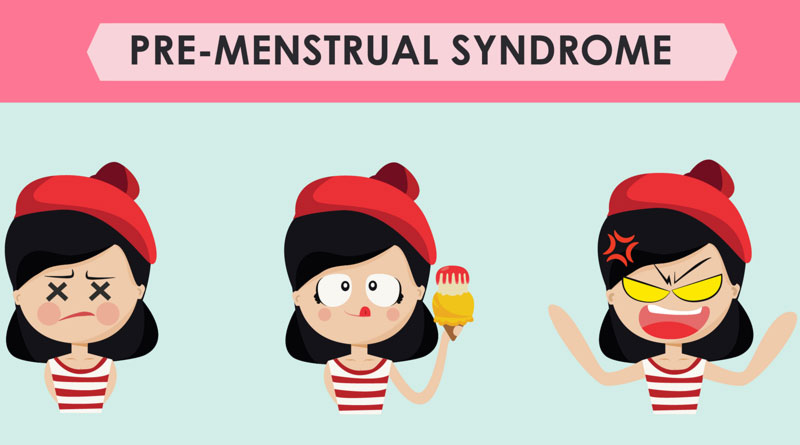Uterine Fibroids – What Happens
Uterine fibroids can grow on the inside wall of the uterus , within the muscle wall of the uterus , or on the outer wall of the uterus . They can alter the shape of the uterus as they grow. Over time, the size, shape, location, and symptoms of fibroids can change. See a picture of the female pelvic organs .
As women age, they are more likely to have uterine fibroids, especially from their 30s and 40s through menopause (around age 50). Uterine fibroids can stay the same for years with few or no symptoms, or you can have a sudden, rapid growth of fibroids.
Fibroids do not grow before the start of menstrual periods (puberty). They sometimes grow larger during the first trimester of pregnancy, and they usually shrink for the rest of a pregnancy.2 After menopause, when a woman’s hormone levels drop, fibroids usually shrink and don’t come back.
Complications of uterine fibroids are not common. They include:
Anemia from heavy bleeding.
Blockage of the urinary tract or bowels, if a fibroid presses on them.
Infertility, if the fibroids change the shape of the uterus or the location of the fallopian tubes.
Ongoing low back pain or a feeling of pressure in the lower abdomen (pelvic pressure).
Infection or a breakdown of uterine fibroid tissue.
Fibroids can cause problems during pregnancy, such as:2
The need for a cesarean section delivery. This is the most common effect of fibroids on pregnancy.3
Premature labor and delivery.
Miscarriage.
Pain during the second and third trimesters.
An abnormal fetal position, such as breech position, at birth.
Placenta problems.
 Parsi Teb Physical and Mental Health Journal
Parsi Teb Physical and Mental Health Journal 



